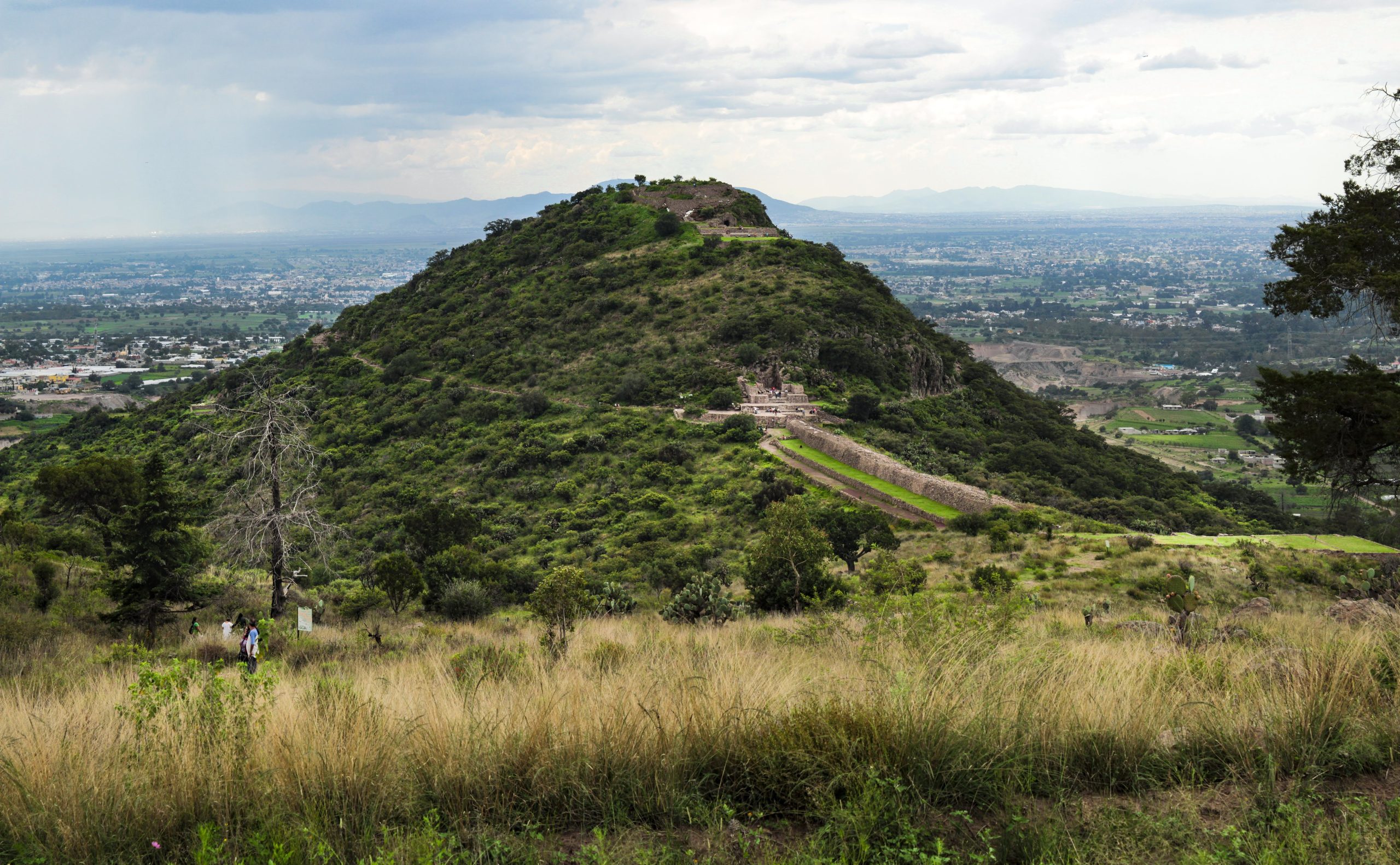The Historical Significance of Texcotzingo: An Early Botanical Garden in the Americas
Texcotzingo, also known as Tetzcotzingo, stands as a testament to the ingenuity and cultural sophistication of the Aztec civilization, particularly under the rule of Nezahualcoyotl in the 15th century AD. Located approximately 20 miles northeast of what is now Mexico City, this site was intricately linked with the Aztec capital city of Texcoco, serving as the summer imperial gardens. These gardens were not only a place of beauty and leisure but also a complex symbol of power, religion, and knowledge.
Get your dose of History via Email
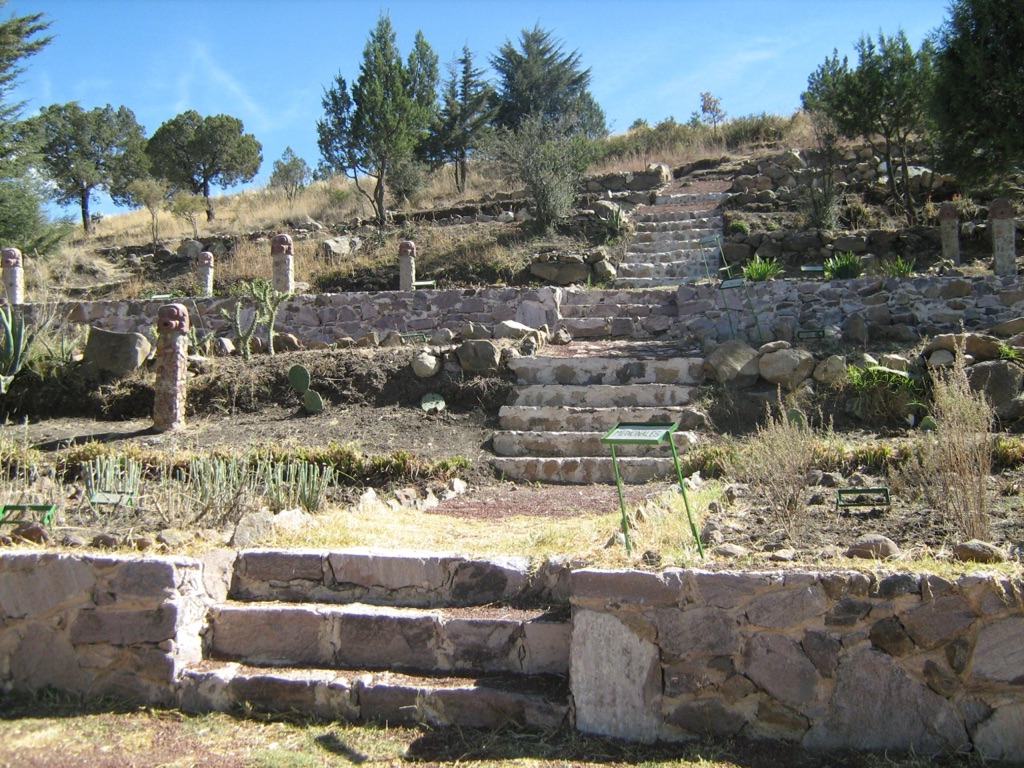
The Creation of Texcotzingo
The visionary behind Texcotzingo was Nezahualcoyotl, the ruler of Texcoco, who sought to create a space that encapsulated the empire’s understanding of the natural world. The gardens were designed to be both a repository for plant and animal specimens from across the Aztec empire and a cultivation site for medicinal plants. This dual purpose underscored the Aztec’s deep connection to their environment and their belief in the importance of an encyclopedic knowledge of nature.
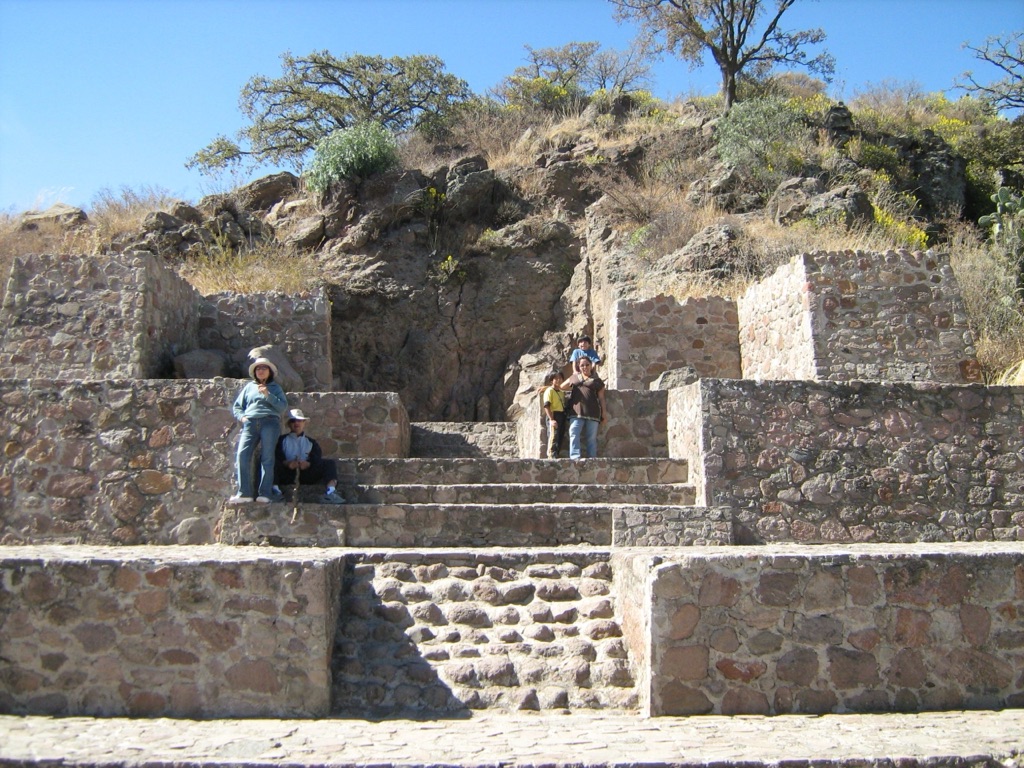
A Multifaceted Space
Texcotzingo was much more than a garden; it was a multifunctional space that served various roles within Aztec society. It was a hedonistic and sacred space, dedicated to the rain god Tlaloc, symbolizing the recreation of paradise. The incorporation of Aztec myths, through sculptures and the observance of sacred numbers, further emphasized its spiritual significance.
The transformation of the land through new hydraulic projects and terrace gardens showcased the Aztecs’ advanced understanding of agriculture and engineering. The cultivation of maize, beans, and squash on previously barren land, along with the intricate waterworks, highlighted the empire’s ability to manipulate their environment to suit their needs.
Moreover, Texcotzingo was a political statement, asserting the Aztec empire’s connection to mythic cosmographies and preceding empires. The symbolic representations, such as the bath flanked by three frogs representing the cities of the Aztec Triple Alliance, served to reinforce the political alliances and the empire’s dominance.
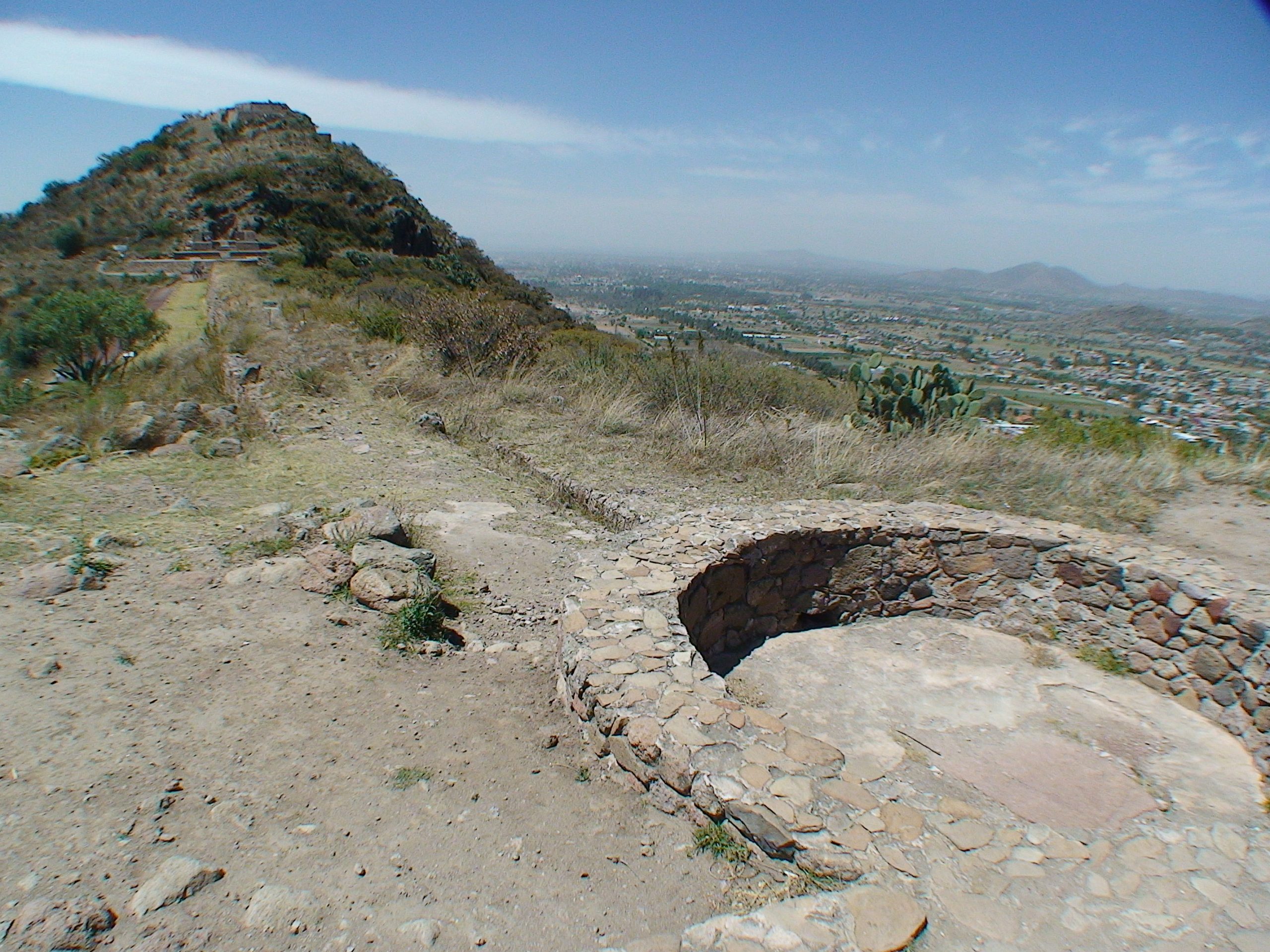
Art and Culture in Texcotzingo
The aesthetic elements of Texcotzingo, including the performance spaces for poetry, singing, dancing, and oration, underscored the importance of art and culture in Aztec society. The site itself was considered an earthwork, transforming the mountain into a piece of art that held special significance. This perception of the mountain and the gardens as art highlights the Aztecs’ sophisticated understanding of the interplay between art, culture, and nature.
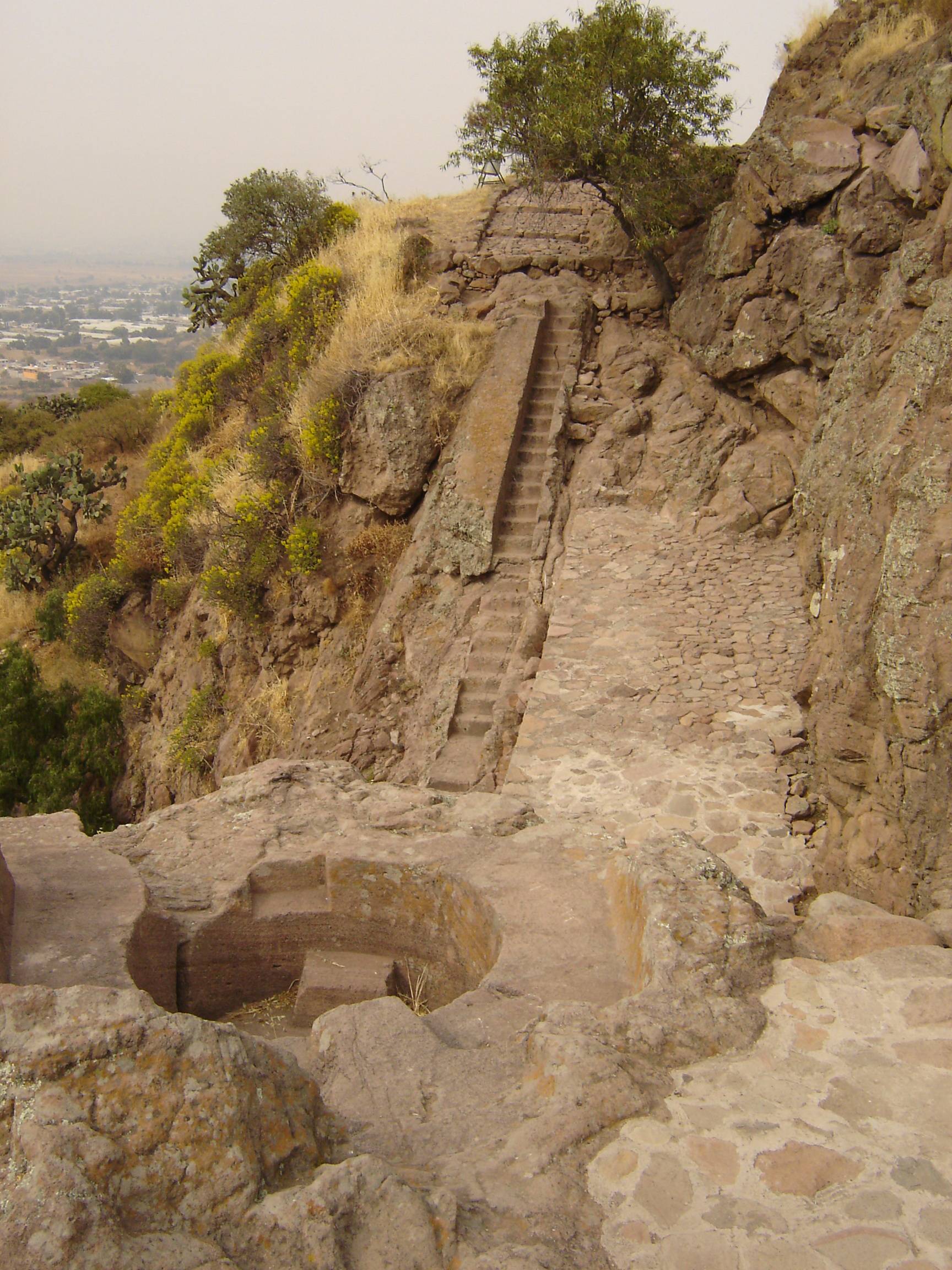
Conclusion
Texcotzingo stands as a remarkable example of the Aztec civilization’s achievements in architecture, agriculture, and art. It was a space that transcended the mere aesthetic, embodying the empire’s political ambitions, spiritual beliefs, and cultural practices. As one of the first extant botanical gardens in the Americas, Texcotzingo offers invaluable insights into the complex society that once thrived in the region. Its legacy continues to fascinate historians, archaeologists, and researchers, serving as a window into the past and a reminder of the ingenuity of the Aztec people.

